Home>Ideas and Tips>Eco-Friendly Insulation Options For Home Energy Efficiency
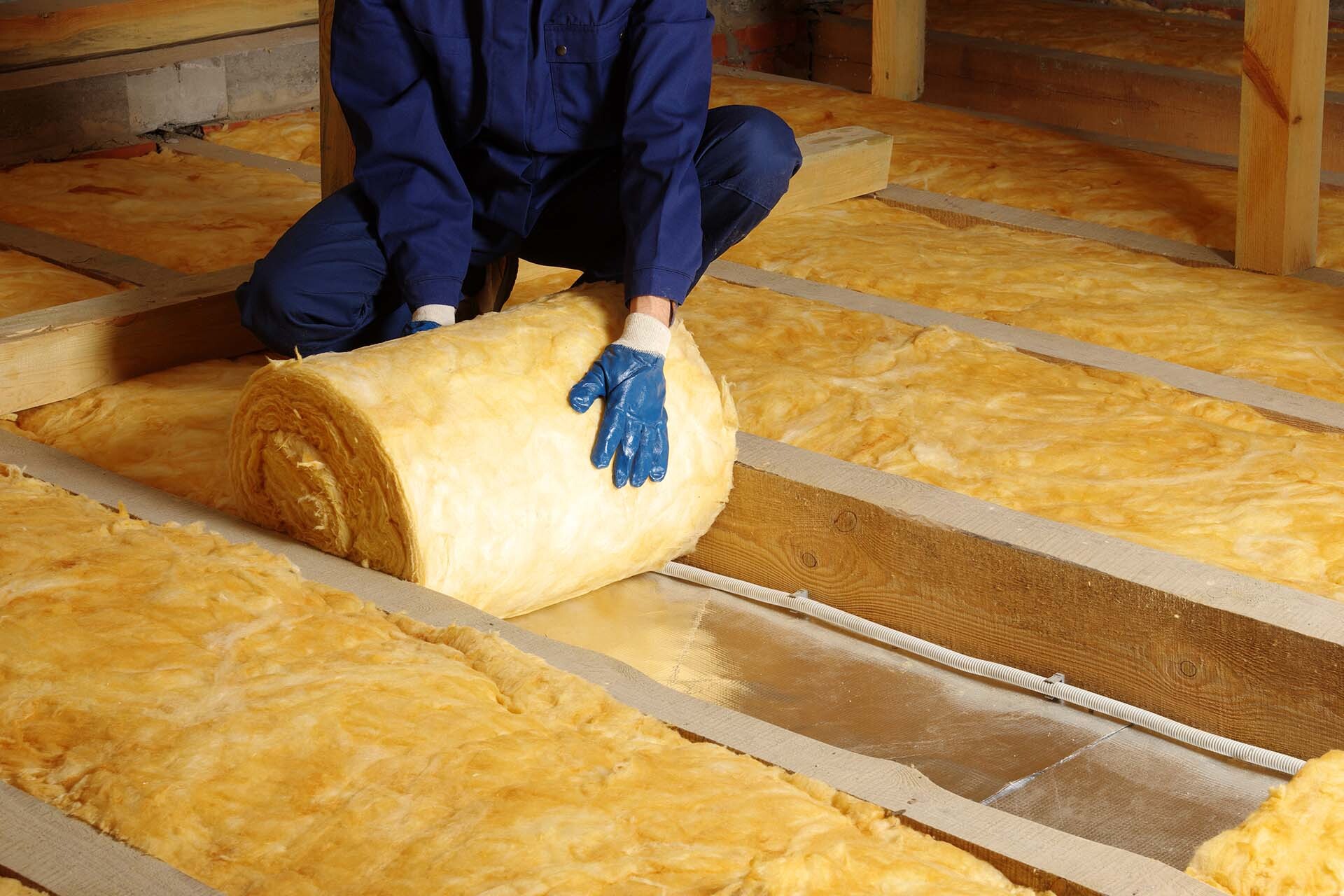

Ideas and Tips
Eco-Friendly Insulation Options For Home Energy Efficiency
Published: October 22, 2024
Discover top eco-friendly insulation options to boost home energy efficiency, reduce costs, and improve indoor air quality. Learn more about sustainable choices.
(Many of the links in this article redirect to a specific reviewed product. Your purchase of these products through affiliate links helps to generate commission for Storables.com, at no extra cost. Learn more)
Insulation is a crucial component of any home's energy efficiency strategy. It helps to reduce heat transfer between the inside and outside of your home, thereby minimizing the need for heating and cooling systems. Traditional insulation materials like fiberglass and cellulose have been widely used for decades, but they often contain harmful substances such as formaldehyde and volatile organic compounds (VOCs) that can compromise indoor air quality. Eco-friendly insulation materials, on the other hand, are made from renewable or recycled resources and are designed to be non-toxic and environmentally friendly.
Key Considerations for Eco-Friendly Insulation
When selecting an eco-friendly insulation material, there are several key considerations to keep in mind:
-
R-Value: The R-value measures a material's resistance to heat flow. Higher R-values indicate better insulation performance. For optimal energy efficiency, homes should be insulated with materials that achieve an R-value between R-30 and R-60.
-
Material Composition: Eco-friendly insulation materials can be made from natural fibers like wool, recycled denim, or plant-based materials like cellulose. These materials are often biodegradable and non-toxic.
-
Production Process: The production process of eco-friendly insulation should minimize energy consumption and emissions. Look for materials produced using low-carbon or closed-loop processes.
-
Recyclability: Insulation materials that are easily recyclable or reusable at the end of their life cycle contribute to reducing waste generation.
-
Indoor Air Quality: High-quality eco-friendly insulation materials should be low in toxicity and emit fewer harmful chemicals to improve indoor air quality.
Top Eco-Friendly Insulation Options
-
Sheep’s Wool Insulation
- Benefits: Sheep’s wool insulation is a popular choice among eco-conscious homeowners. It is renewable, biodegradable, and offers excellent insulating properties due to its ability to trap heat within tiny air pockets. Additionally, wool fibers are resistant to moisture and fire, making it suitable for various climates.
- Installation: Wool insulation can be installed in batts or loose-fill form. It is relatively easy to install but may require specialized protective gear due to its natural fibers.
-
Cotton Insulation
- Benefits: Cotton insulation is another eco-friendly option made from recycled denim or cotton fibers. It offers good thermal performance and can help reduce energy costs. Cotton insulation is easy to install without special protective gear but may not be as effective in humid conditions.
- Installation: Cotton insulation is typically installed in batts similar to fiberglass but does not require protective gear during installation.
-
Cellulose Insulation
- Benefits: Cellulose insulation is made from recycled newsprint or other plant fibers. It has a high R-value, providing great thermal resistance. Cellulose insulation is treated with chemicals like borate to resist pests, fire, and mold.
- Installation: Cellulose insulation is blown into walls, attics, and other cavities, creating a seamless barrier against heat transfer. Proper installation is crucial for its effectiveness.
-
Icynene Insulation
- Benefits: Icynene insulation is a type of spray foam made from castor oil. It expands rapidly upon application, filling all nooks and crannies in a building’s structure. Icynene provides an effective air barrier that prevents drafts and heat loss while being made from recycled materials.
- Installation: Icynene insulation requires specialized equipment for application but offers superior insulation qualities.
-
Polystyrene Insulation
- Benefits: Polystyrene insulation is lightweight and effective but not biodegradable. However, some manufacturers produce eco-friendly versions using recycled content. It offers excellent thermal resistance and can help reduce energy costs.
- Installation: Polystyrene insulation comes in different forms such as sheets or stickers and is commonly used in construction projects.
-
Spray Foam Insulation
- Benefits: Spray foam insulation provides excellent thermal performance by expanding to fill gaps in walls and ceilings. It is water-blown and VOC-free, making it safe for both occupants and the environment.
- Installation: Spray foam requires specialized equipment but offers superior insulation qualities due to its ability to seal gaps effectively.
Benefits of Eco-Friendly Insulation
Eco-friendly insulation materials offer numerous benefits beyond just energy efficiency:
- Reduced Energy Costs: By minimizing heat transfer between the inside and outside of your home, eco-friendly insulation can significantly lower your heating and cooling costs. In cold weather, it keeps warm air in; in warm weather, it keeps hot air out.
- Improved Indoor Air Quality: Conventional insulation materials often contain VOCs that can compromise indoor air quality. Eco-friendly insulation materials are generally low in toxicity and emit fewer harmful chemicals.
- Reduced Environmental Impact: Premium quality sustainable insulation is made from renewable or recycled materials, reducing the demand for new resources and minimizing waste generation.
- Soundproofing: Some top-quality eco-friendly insulation materials provide excellent soundproofing properties that help reduce noise transmission between rooms and from outside.
- Moisture Control: Certain types of good-quality eco-friendly insulation have hygroscopic properties that help regulate indoor humidity levels and prevent mold and mildew growth.
- Increased Property Value: Installing quality environmentally friendly insulation can enhance your property’s worth and potentially increase its resale value.
How to Choose the Right Material for You
Choosing the right eco-friendly insulation material involves several factors:
- Insulation Type: Different materials offer varying levels of thermal resistance (R-value). Consider what type of climate you live in and whether you need high R-values for optimal energy efficiency.
- Installation Process: Some materials require specialized equipment or protective gear during installation. Ensure that you are comfortable with the installation process before making a decision.
- Performance in Specific Climates: Different materials perform better in different climates. For example, wool insulation is suitable for various climates due to its moisture resistance.
- Compatibility with Home Design & Construction: Consult with insulation professionals to ensure that the chosen material is compatible with your home’s design and construction.
Case Studies & Real-Life Examples
-
The LaFleur’s Experience
- Jason and Jennifer LaFleur discovered an eco-friendly alternative to conventional fiberglass insulation when they renovated their kitchen. They opted for soybean foam insulation which provided superior insulation qualities without the need for harmful chemicals.
-
Pennsylvania Homeowner’s Experience
- A homeowner in Pennsylvania sought to insulate their attic with the highest R-value possible while ensuring safety and eco-friendliness. They considered options like cellulose, rockwool, and EPS foam board but ultimately chose closed-cell spray foam due to its high R-value and VOC-free properties.
Conclusion
Eco-friendly insulation materials offer a compelling solution for homeowners seeking to reduce their environmental footprint while improving their home’s energy efficiency. By considering factors such as R-value, material composition, production process, recyclability, and indoor air quality, homeowners can make informed decisions about which insulation material best suits their needs.
In conclusion, investing in eco-friendly insulation is not only beneficial for the environment but also for your wallet. It minimizes heat loss in winter and heat gain in summer, significantly lowering your heating and cooling costs. Additionally, it improves indoor air quality by reducing toxic substances like VOCs and formaldehyde. With a wide range of options available—such as wool insulation made from sheep’s wool or cotton insulation derived from recycled denim—homeowners can choose materials that align with their values and goals.
By choosing eco-friendly insulation materials for your home, you are taking a significant step toward creating a sustainable living environment that benefits both you and future generations.
Was this page helpful?
At Storables.com, we guarantee accurate and reliable information. Our content, validated by Expert Board Contributors, is crafted following stringent Editorial Policies. We're committed to providing you with well-researched, expert-backed insights for all your informational needs.
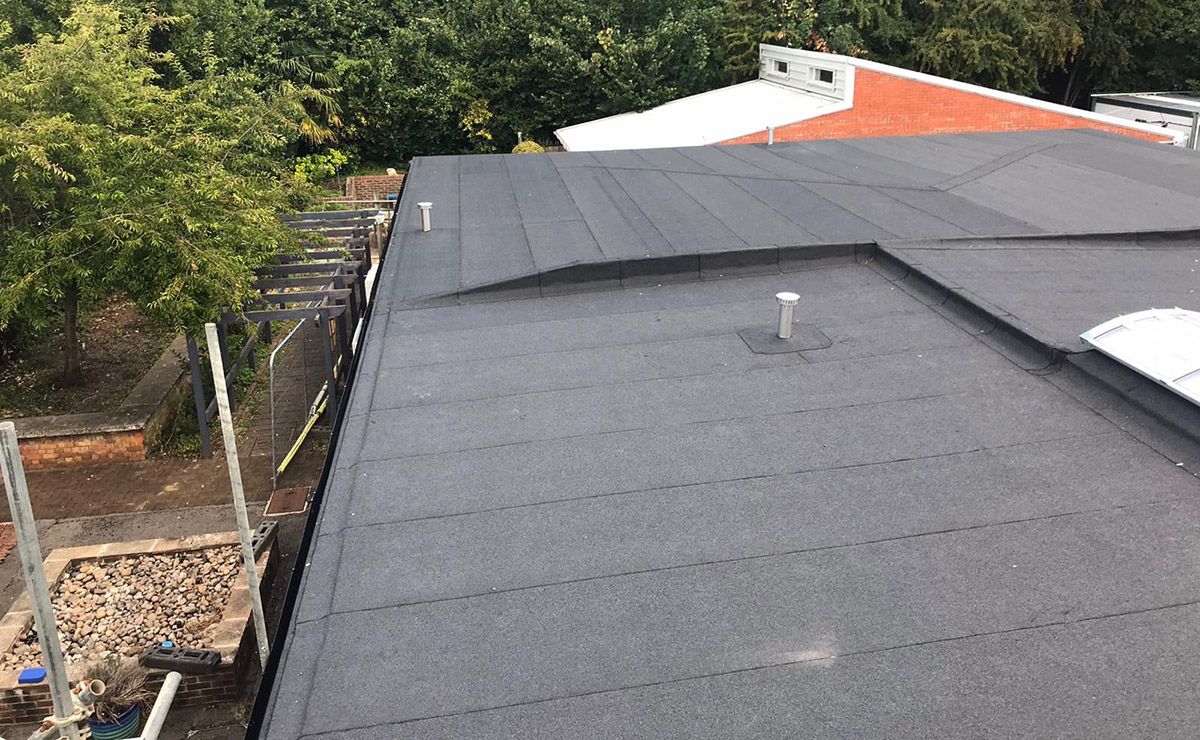
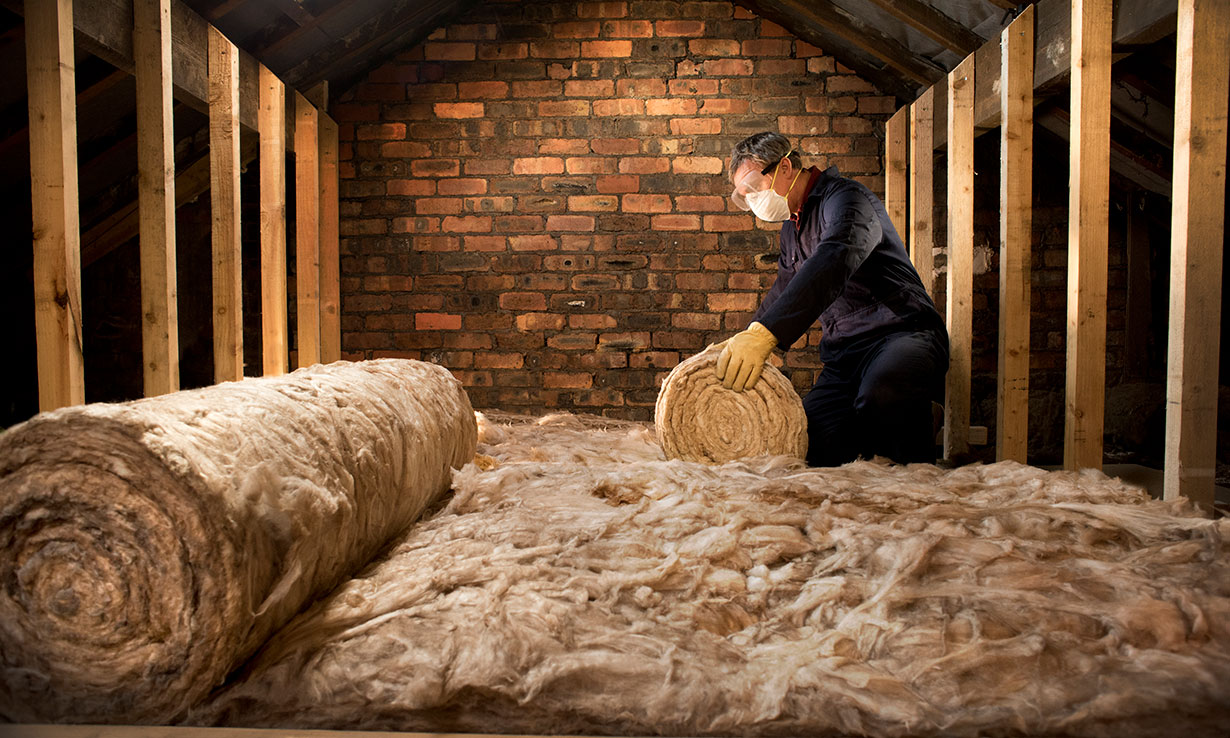
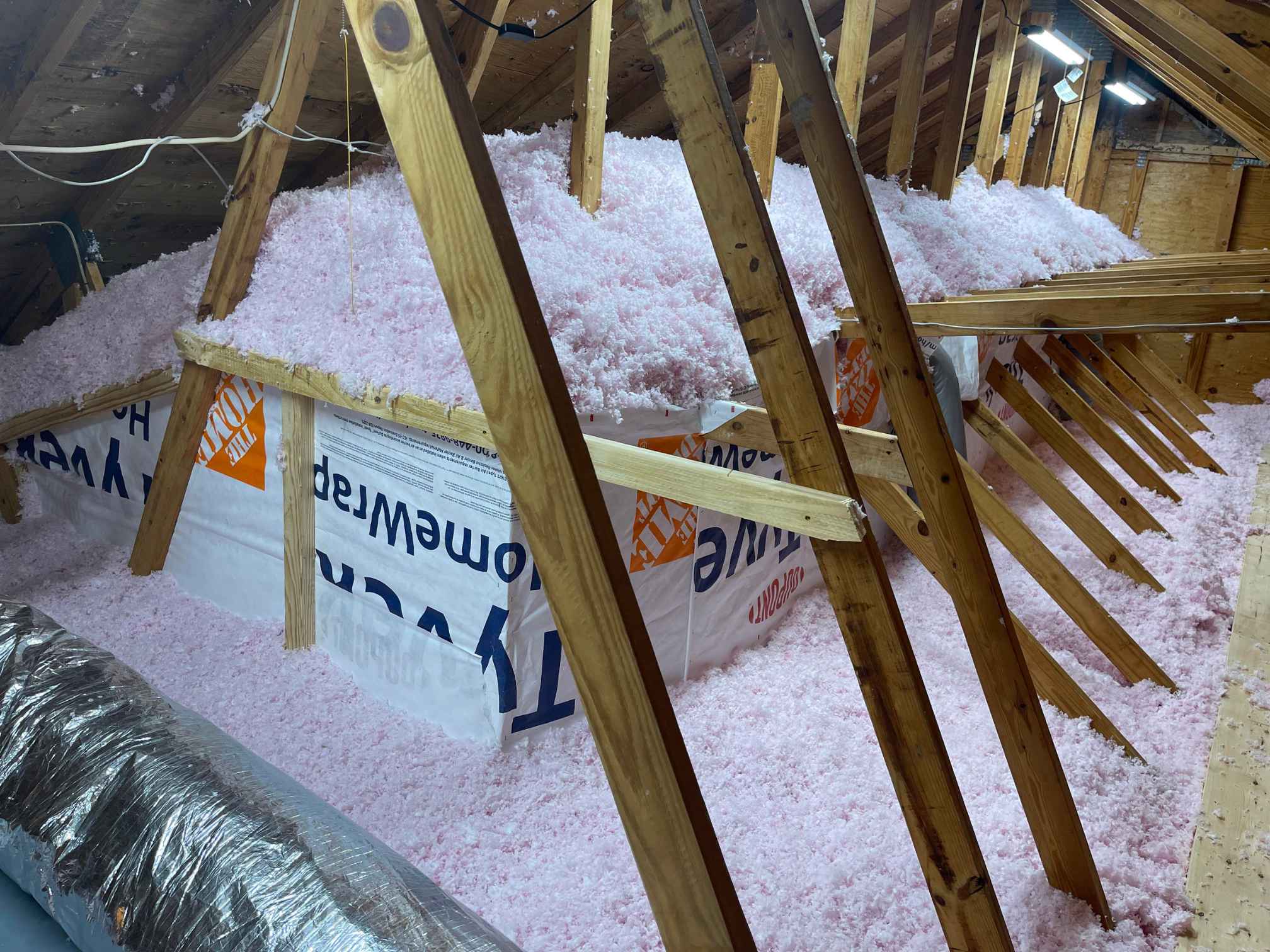
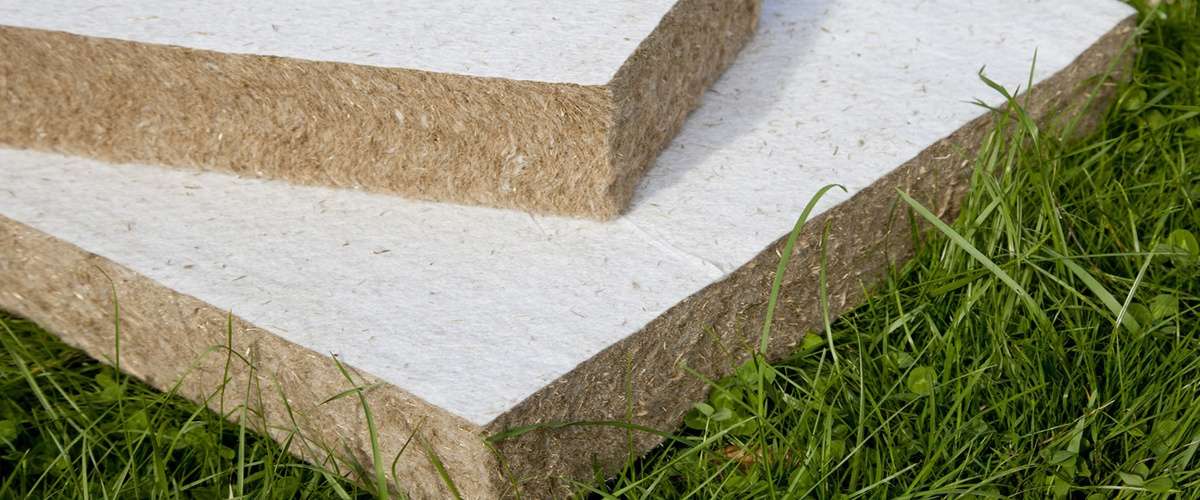
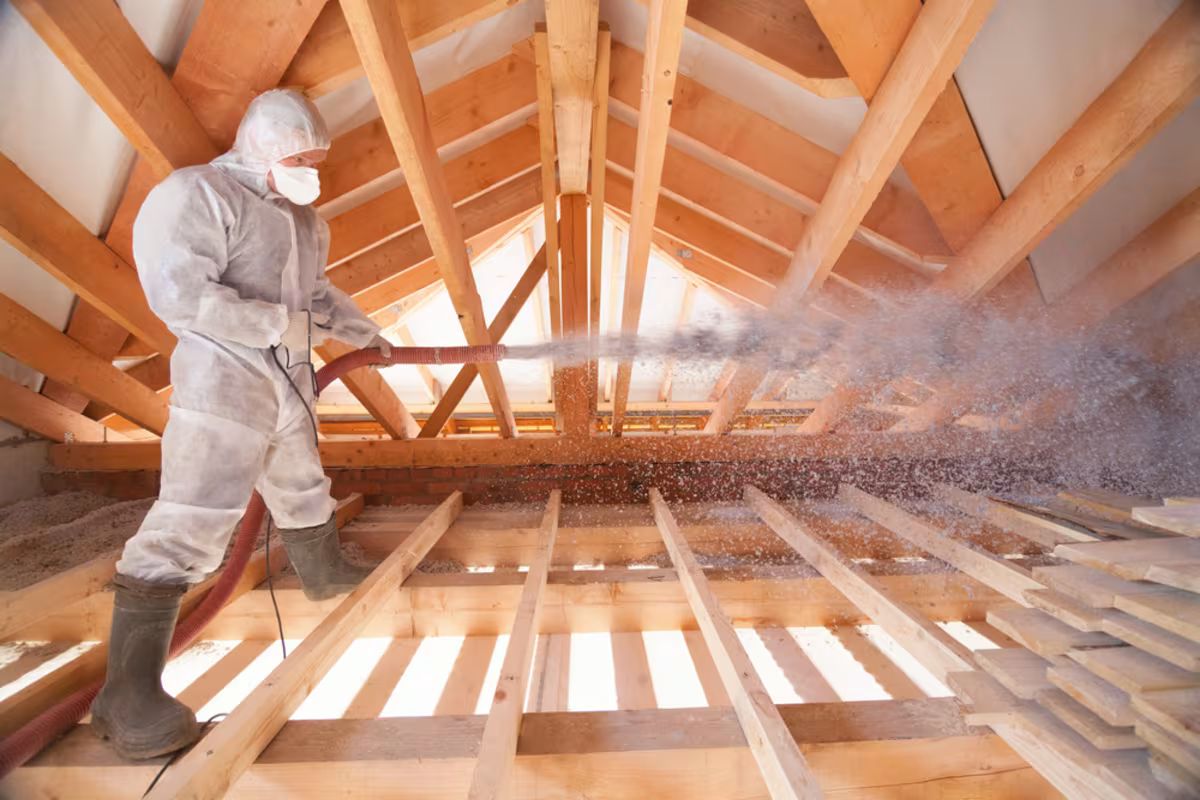
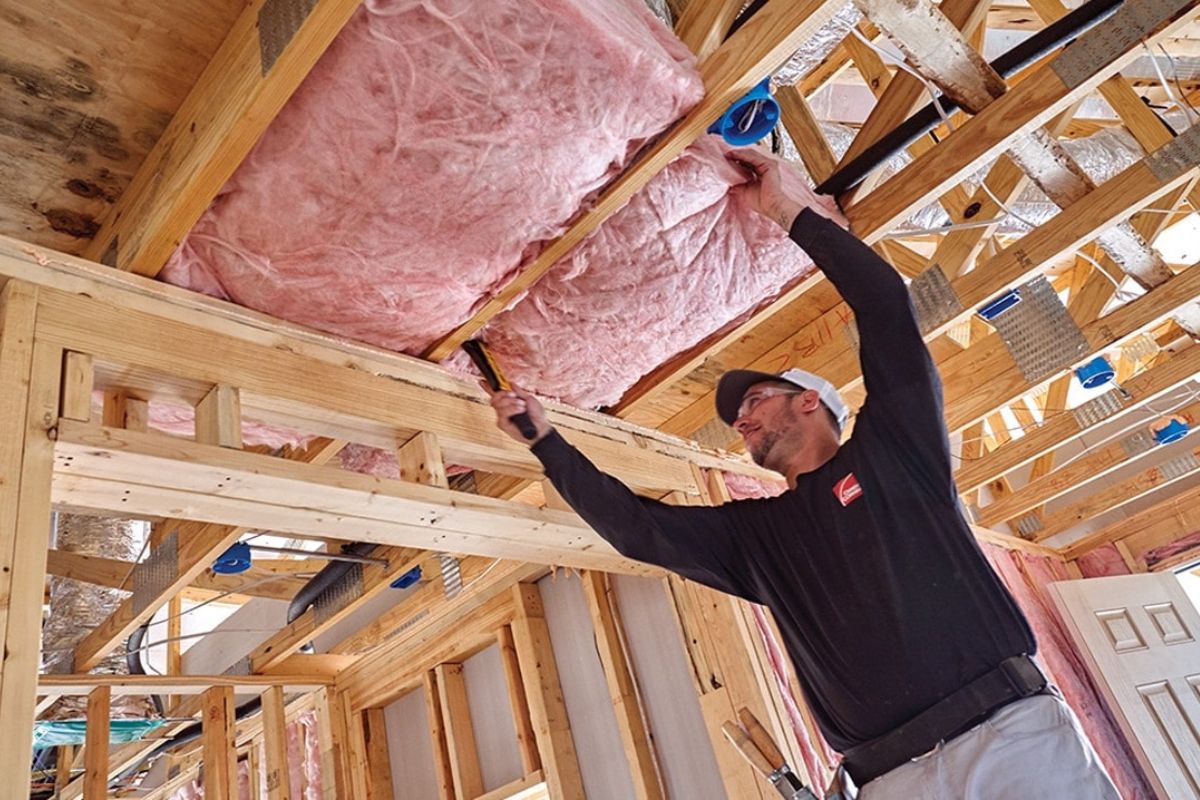
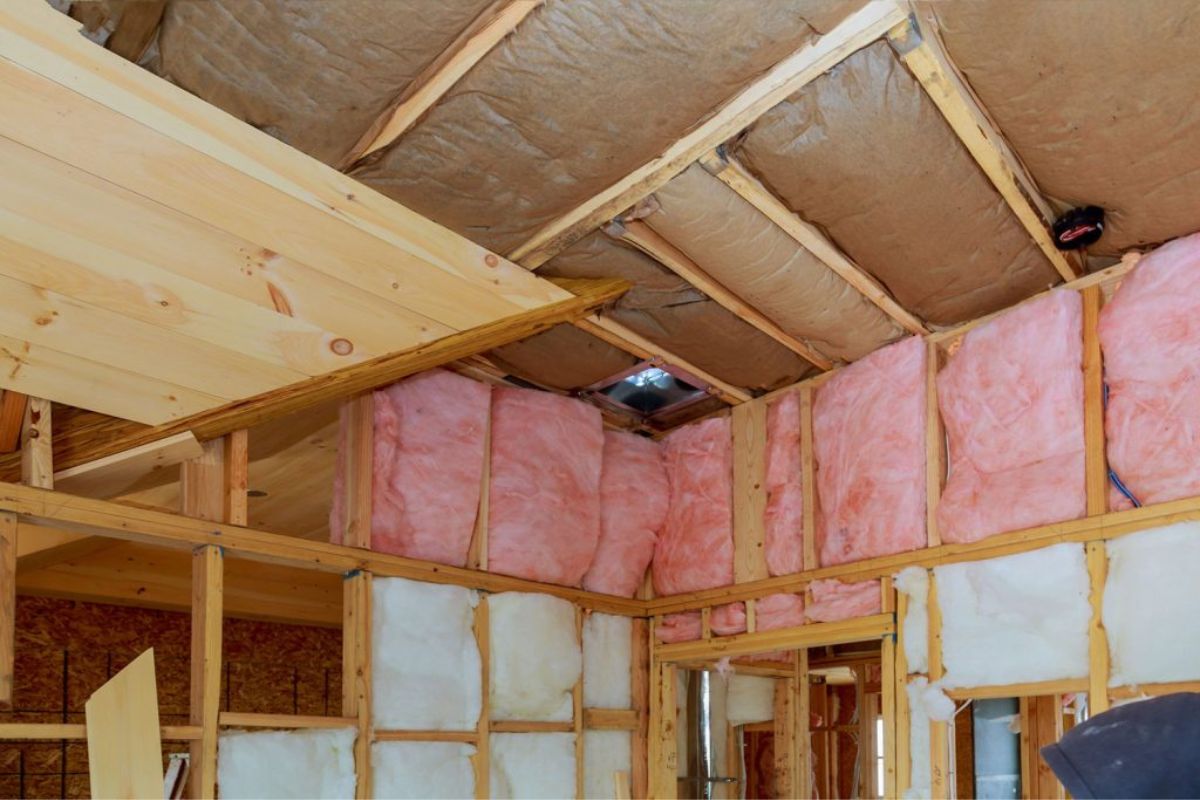
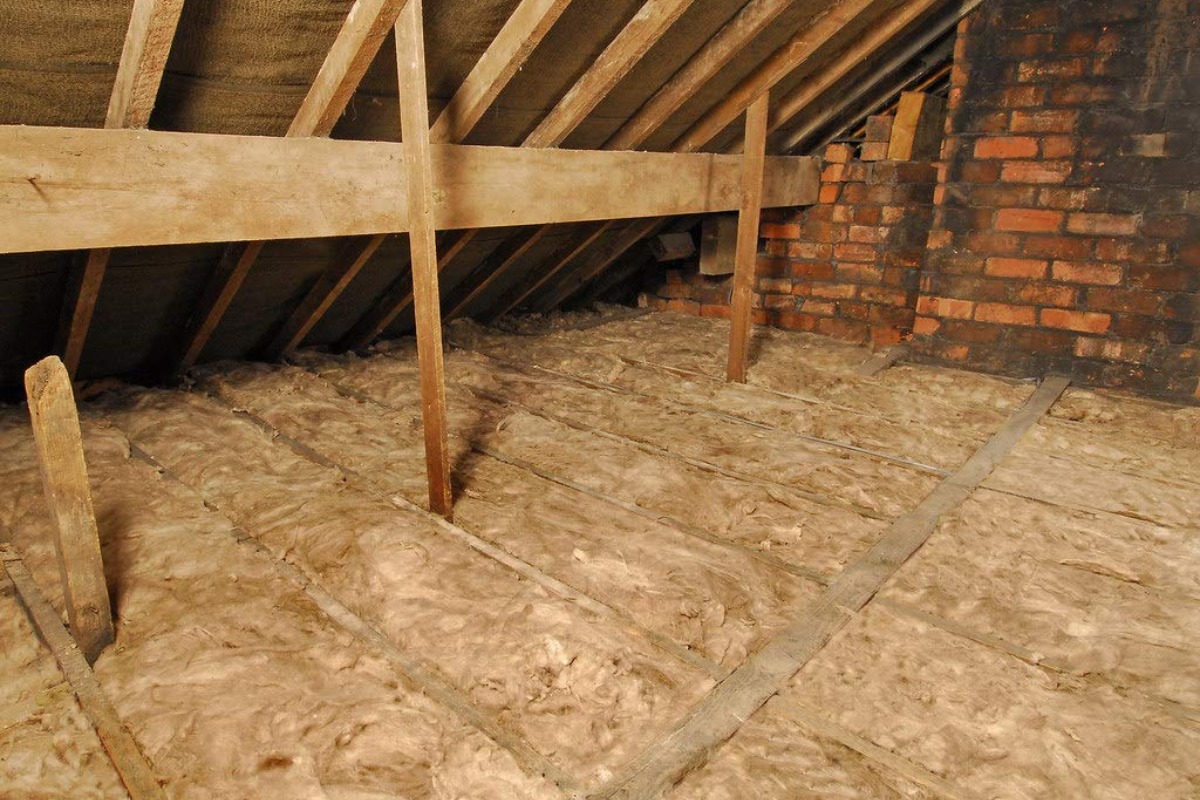
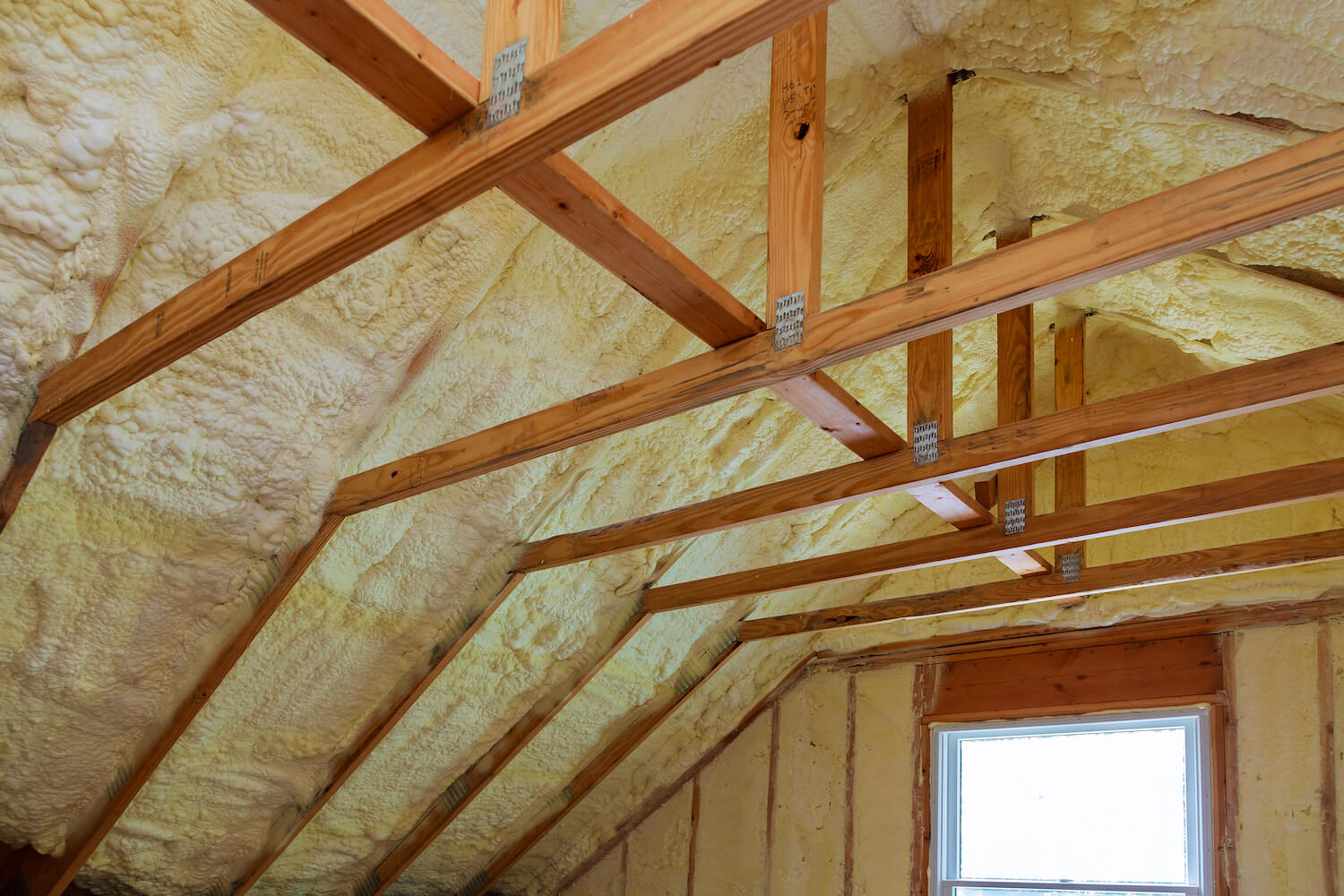
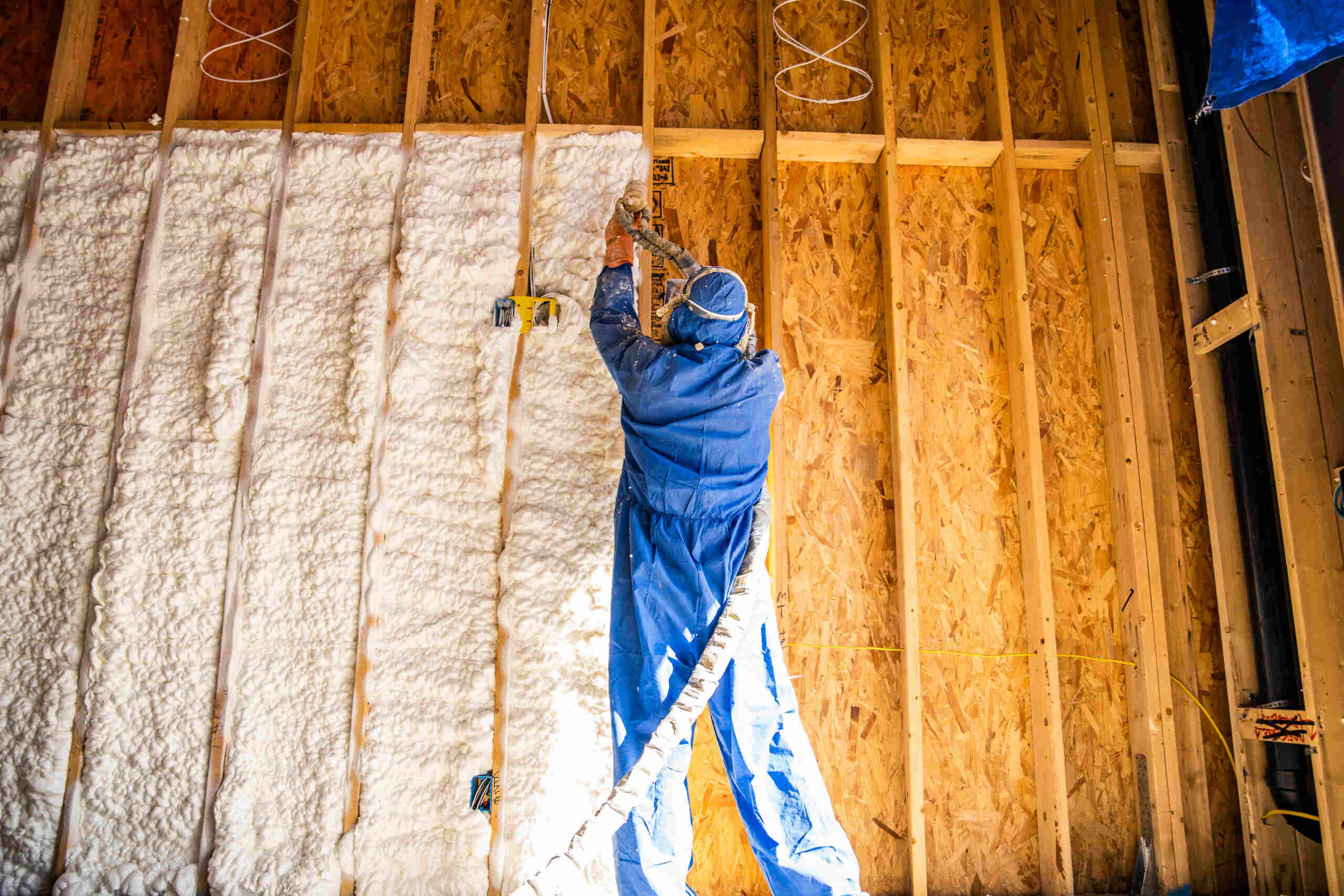
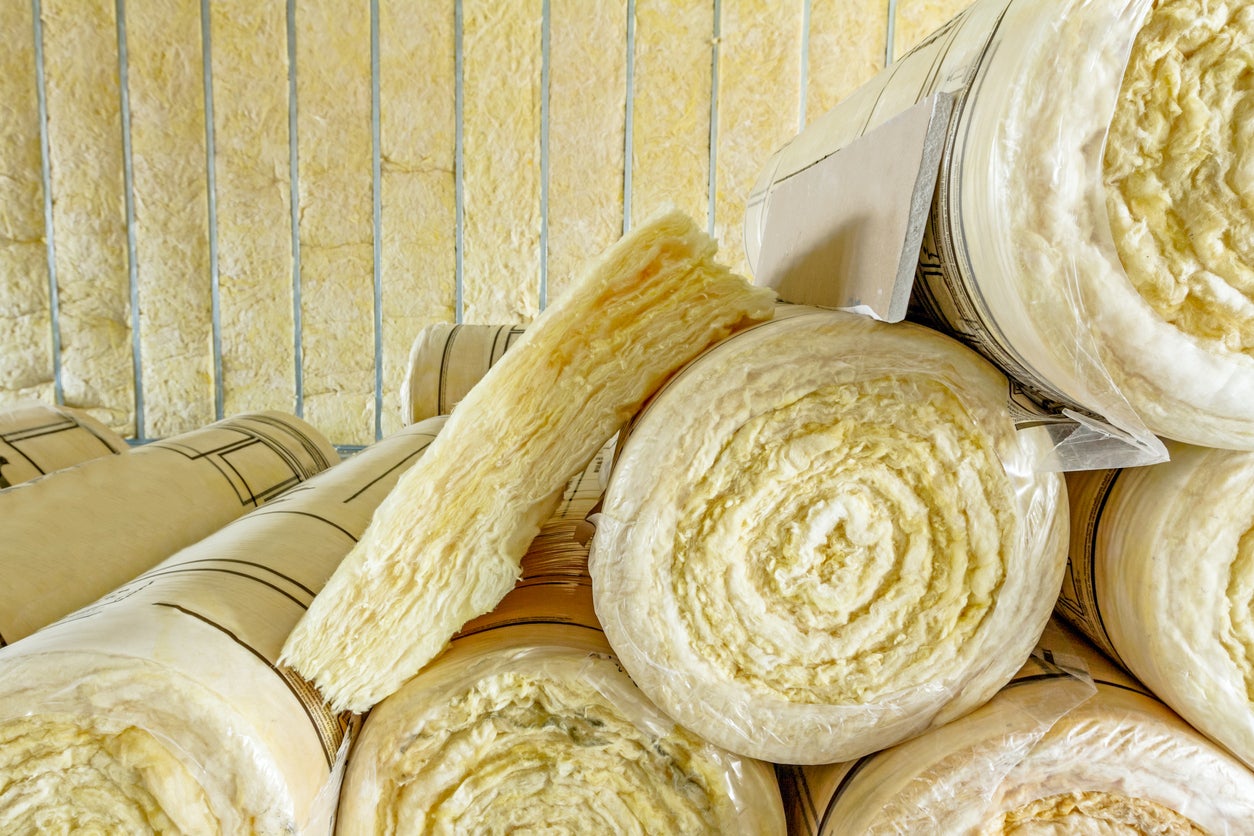
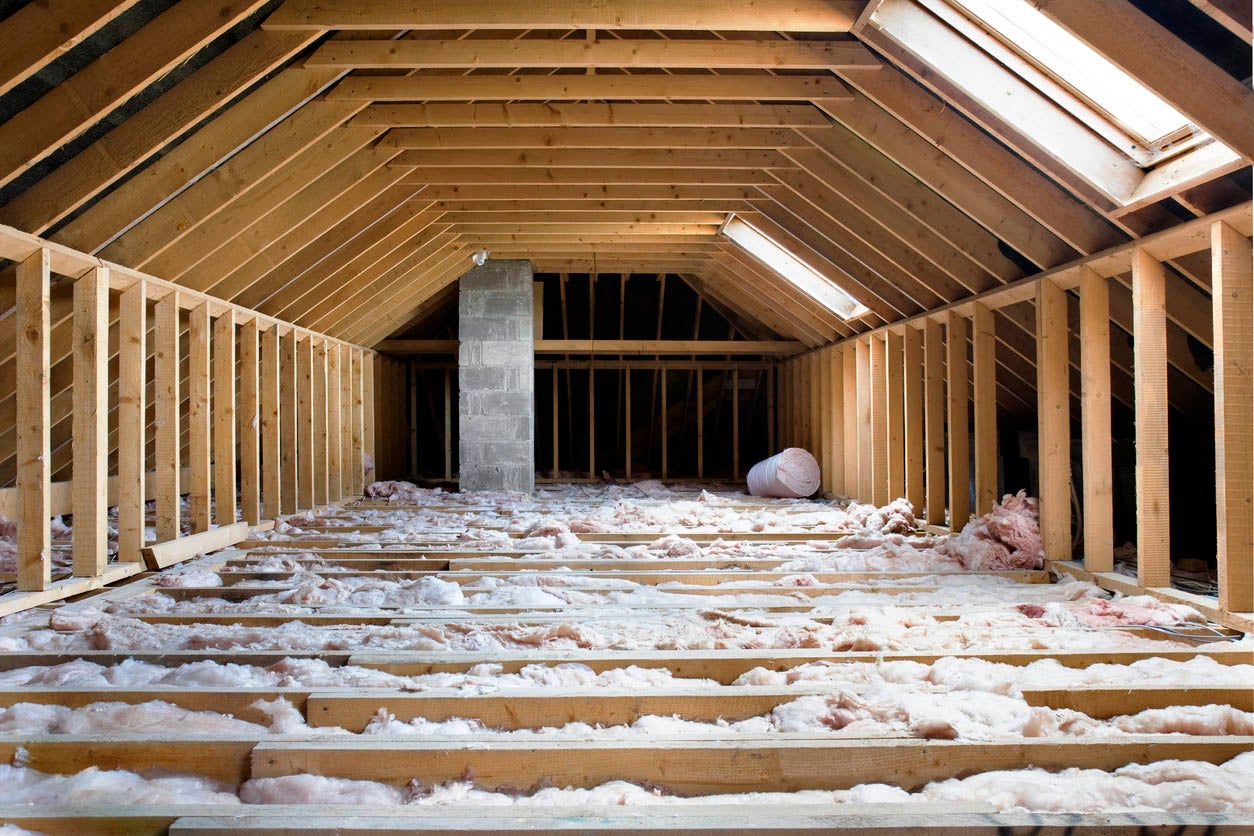
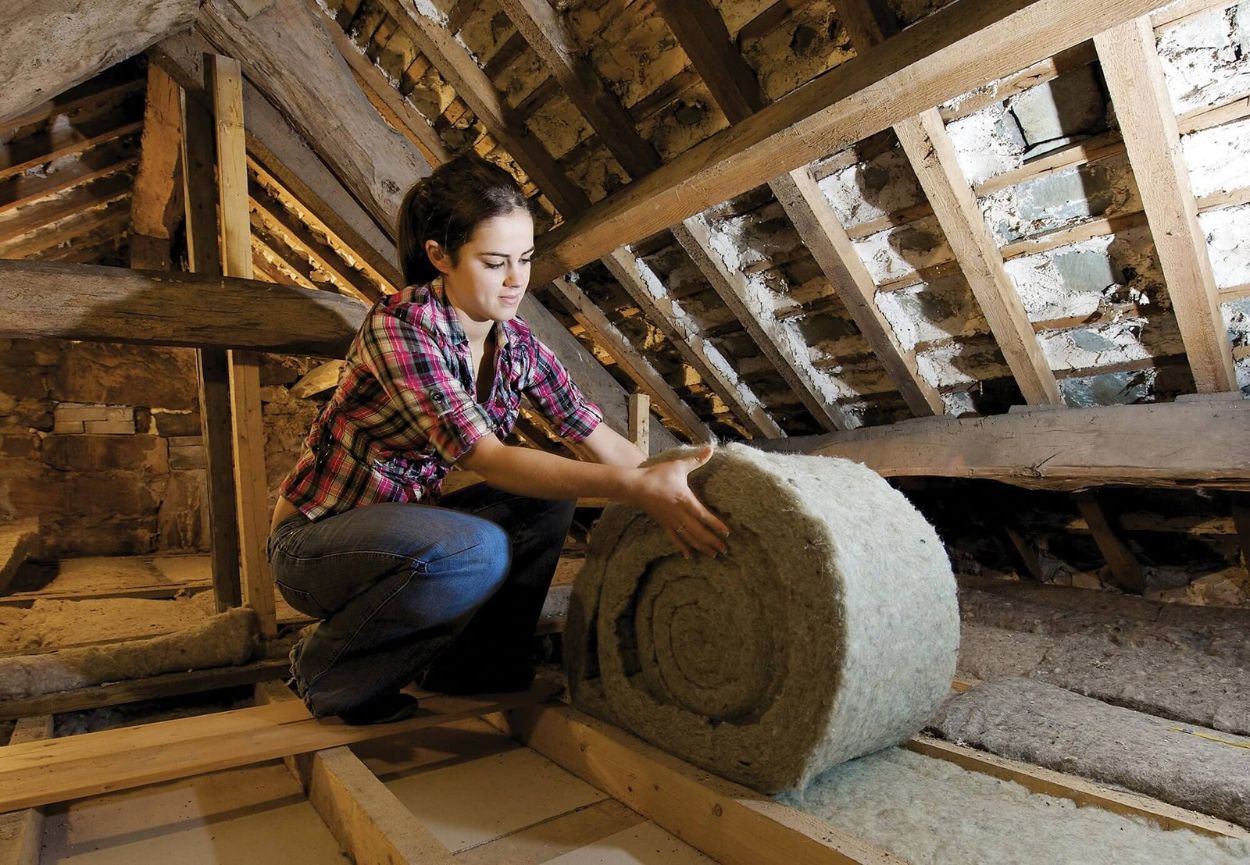
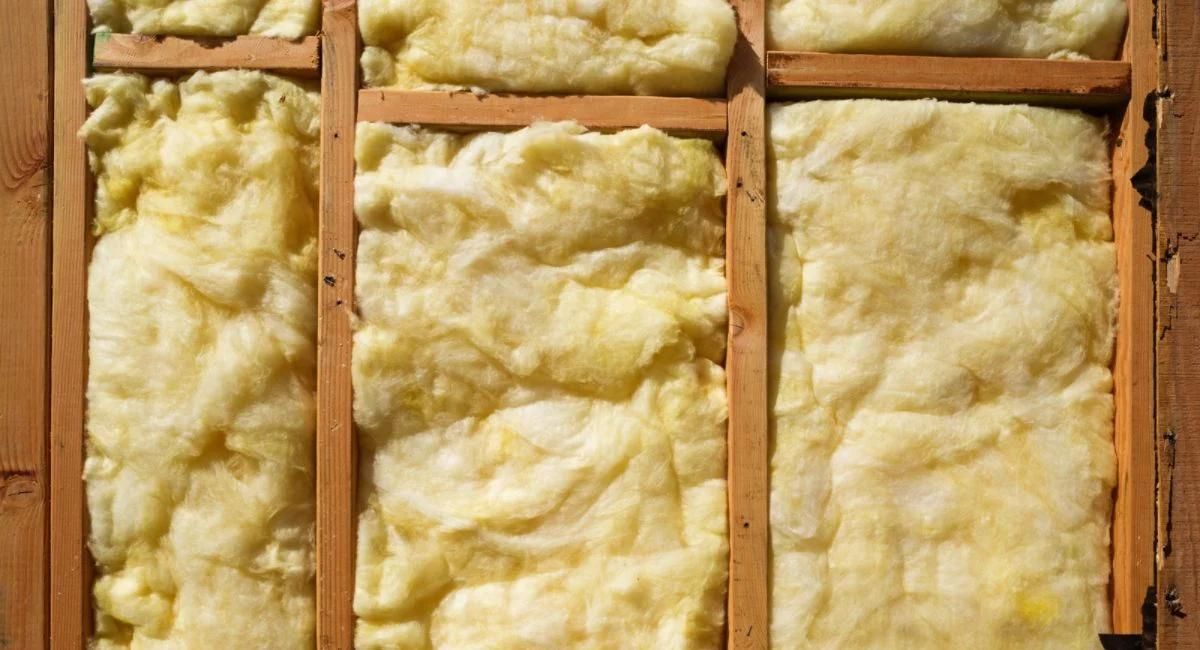

0 thoughts on “Eco-Friendly Insulation Options For Home Energy Efficiency”